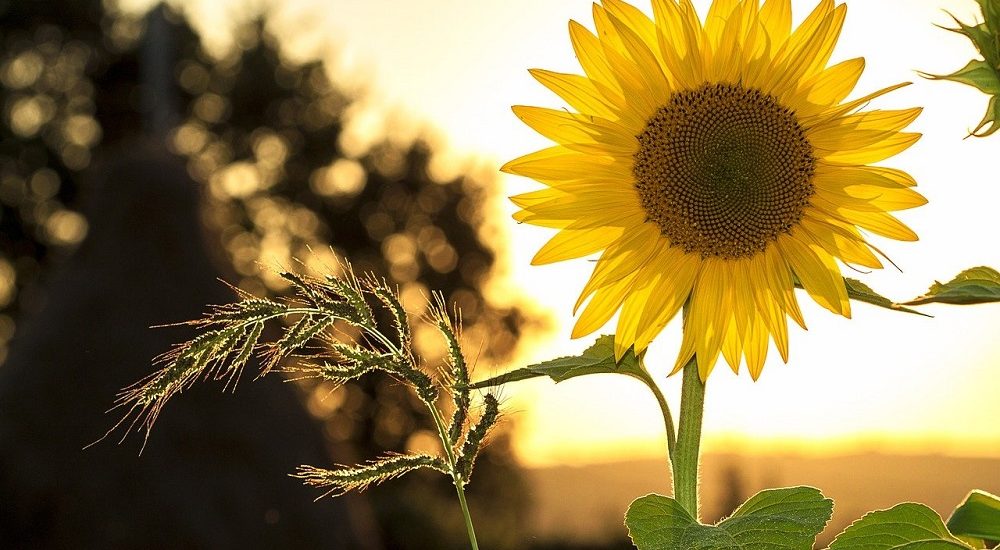One of the best things when it comes to creating a beautiful garden lies in being energy-efficient. In fact, it’s a few projects that don’t destroy the environment. So you may create a garden that must be an oasis of nature that will stand amidst the forest of concrete, steel, and glass. One of the major problems that arise, however, is that if your gardening methods aren’t well, energy-efficient and eco-friendly enough. You may still give a full effect. So, with that in mind and without more ado, here are several tips to help you create the best energy-friendly garden.
Installing Lighting System
When you plan to create an energy-efficient garden. the necessary to install the lighting system. Sure, in the popular outdoor garden, a lighting system is only there to make things more effective, as well as to ensure safety in the late hours. For this very purpose, using bright bulbs would make your power bill spike quite hard. Another problem with this method lies in the fact that, with this kind of regimen, your outdoor bulbs would burn out very quickly. Therefore, you might want to consider changing to LED.
Other than this, you need to know that there are so many people who conduct urban farming. Here, these fixtures are used as an artificial light source, in order to make a replacement for sunlight which is absent in containers used for plant-growing. The problem is that this too, would make your power bill skyrocket and make your farming efforts quite harmful for the environment. The best solution to this problem would be to start harvesting solar power by placing some photovoltaic panels on top of these containers.
Planting
When it comes to saving energy, we have to focus more on other things, You see, the amount of effort that you have to spend in your gardening is often directly connected to power consumption. The use of pesticides is even more important. Fortunately, there are many methods that are used to reduce the power consumption of your gardening practices.
One of the most efficient concepts is planting. What companion planting does for your garden is to allow it to become much more self-sustainable. You see, there are many plants that are natural repellents for some other plants, which is why planting them next to each other might make your job a lot easier. For example, you can plant tomatoes next to basil and your peppers next to onions or spinach. The opposite can be true, as well. For example, your tomatoes shouldn’t be near cabbage, seeing as how it attracts earworm, which is one of the tomatoes’ worst adversaries.
Efficient Pathing
Making your gardening more energy-efficient sometimes has a lot to do with the base of your garden. We’ve already discussed the use of tools in maintenance, however, in order to stay effective, these tools need to be properly stored, which means that you will need a shed. Even more importantly, you want a good garden path to connect all the different areas of your garden and make traveling around it much safer. The choice of material, nonetheless, may have a higher impact on the environment than you think.
One of the most important effects that your garden will have on the environment is its effect on the groundwater. First of all, if constructed from a material that’s considered less than optimal, you risk preventing rainwater from seeping into the ground and ever becoming groundwater. This is why you want to go for stone or tile pavers. Fortunately, you can simply purchase stone tiles in order to give your garden a much eco-friendlier pathing.
Mulching and Composting
Another task that you will surely want to focus on, in your garden, is the concept of mulching and composting. First of all, mulching definitely requires you to use a tool or two and this selection of tools can make its power saving. For example, you don’t have to opt for a power option of a lawnmower. An old-school cylinder lawnmower can be used to cut the leaves in your backyard without any need for electricity or gas. All it consumes is your own labor. Other
than a cylinder mower, you can also opt for a rotary or hover lawnmower. The latter, on the other hand, is usually electric powered and not suitable for every garden type.
There are many various materials that go into a mulch like bark and branches, however, in order to process these so that they can become mulch, you need to use a wood chipper, which can, indeed, be a power-hungry tool. So, how do you save energy here? It’s very simple, you do it all at once. This means taking some time to prepare all the required materials and organizing them so that the job runs smoother. The act of turning the equipment on is very power-hungry.

